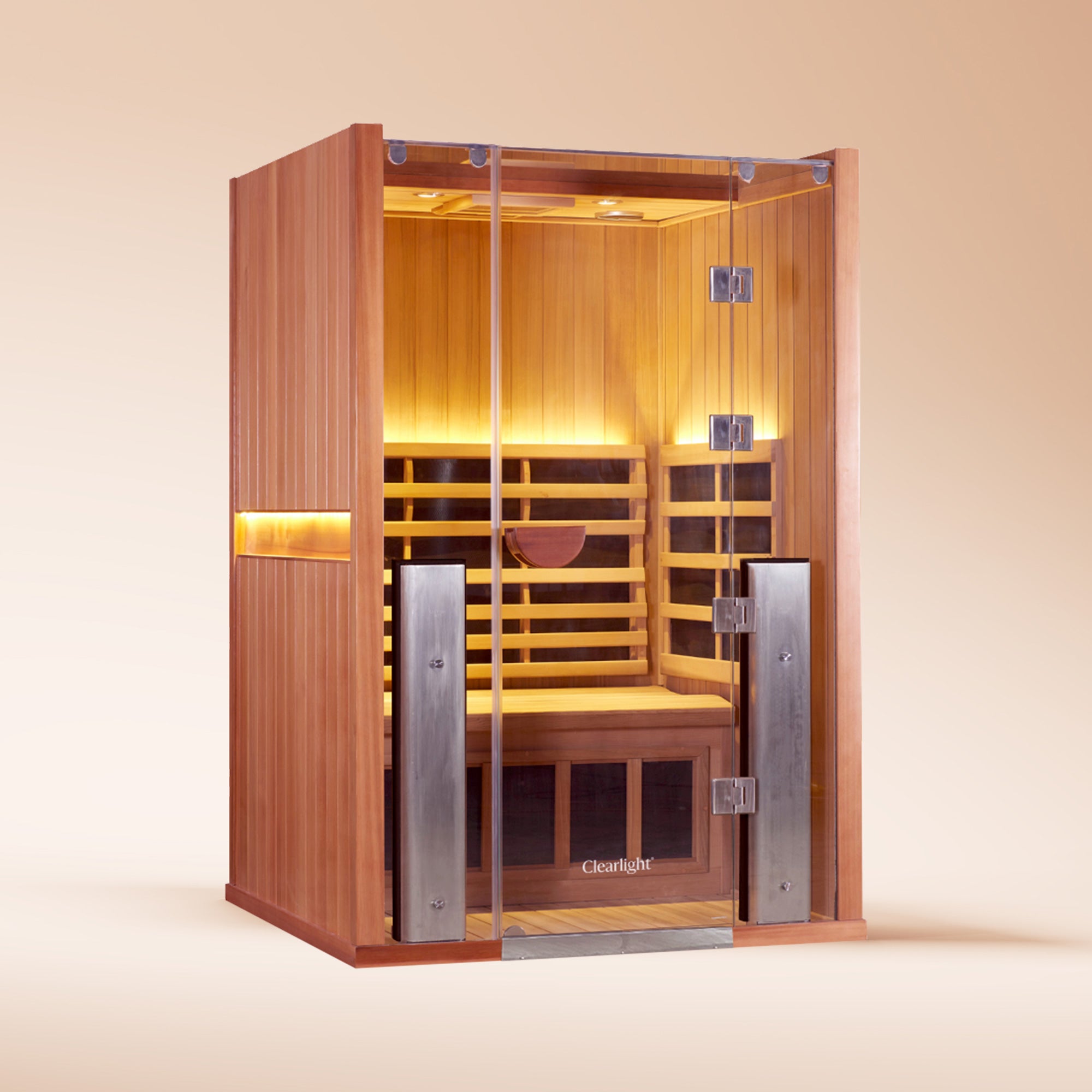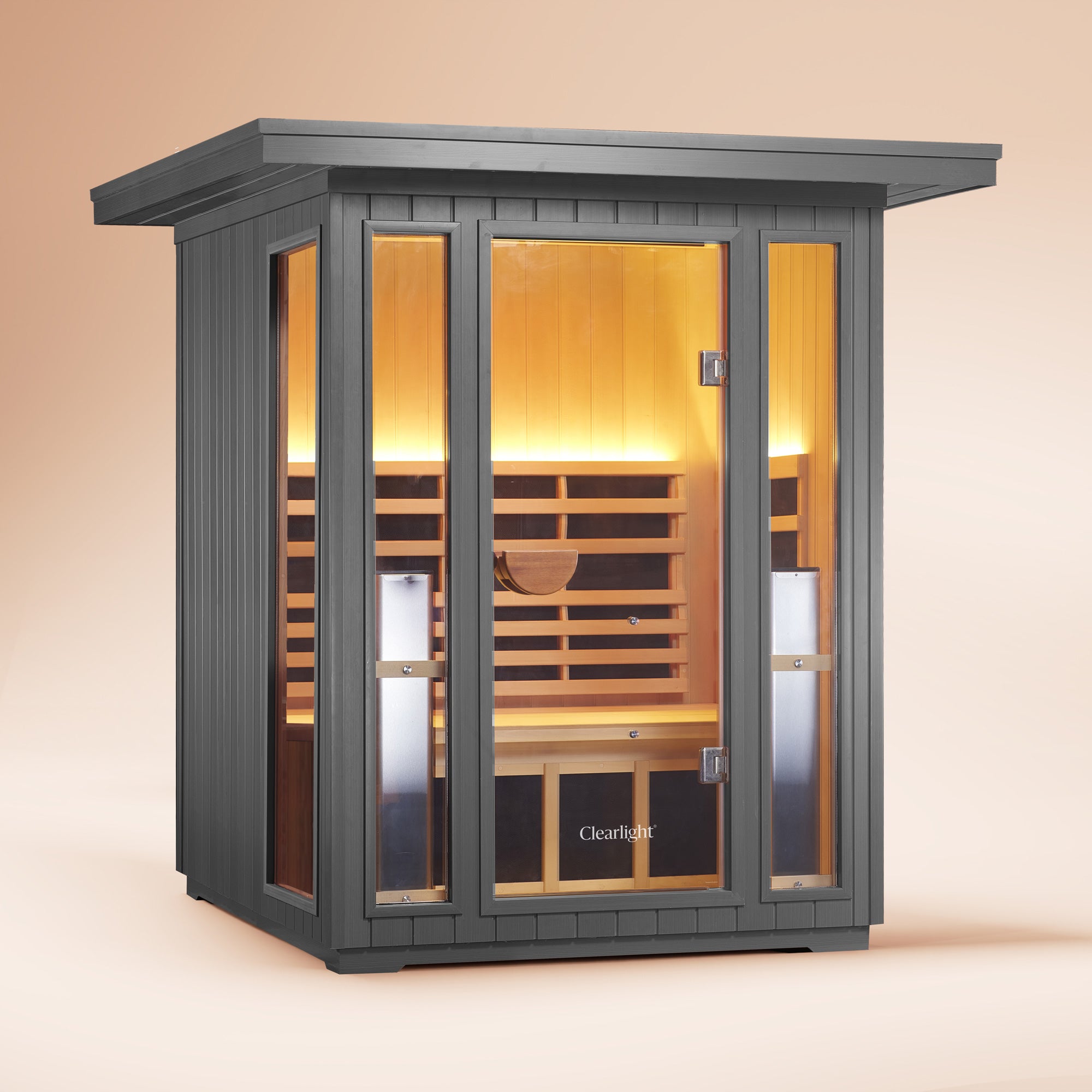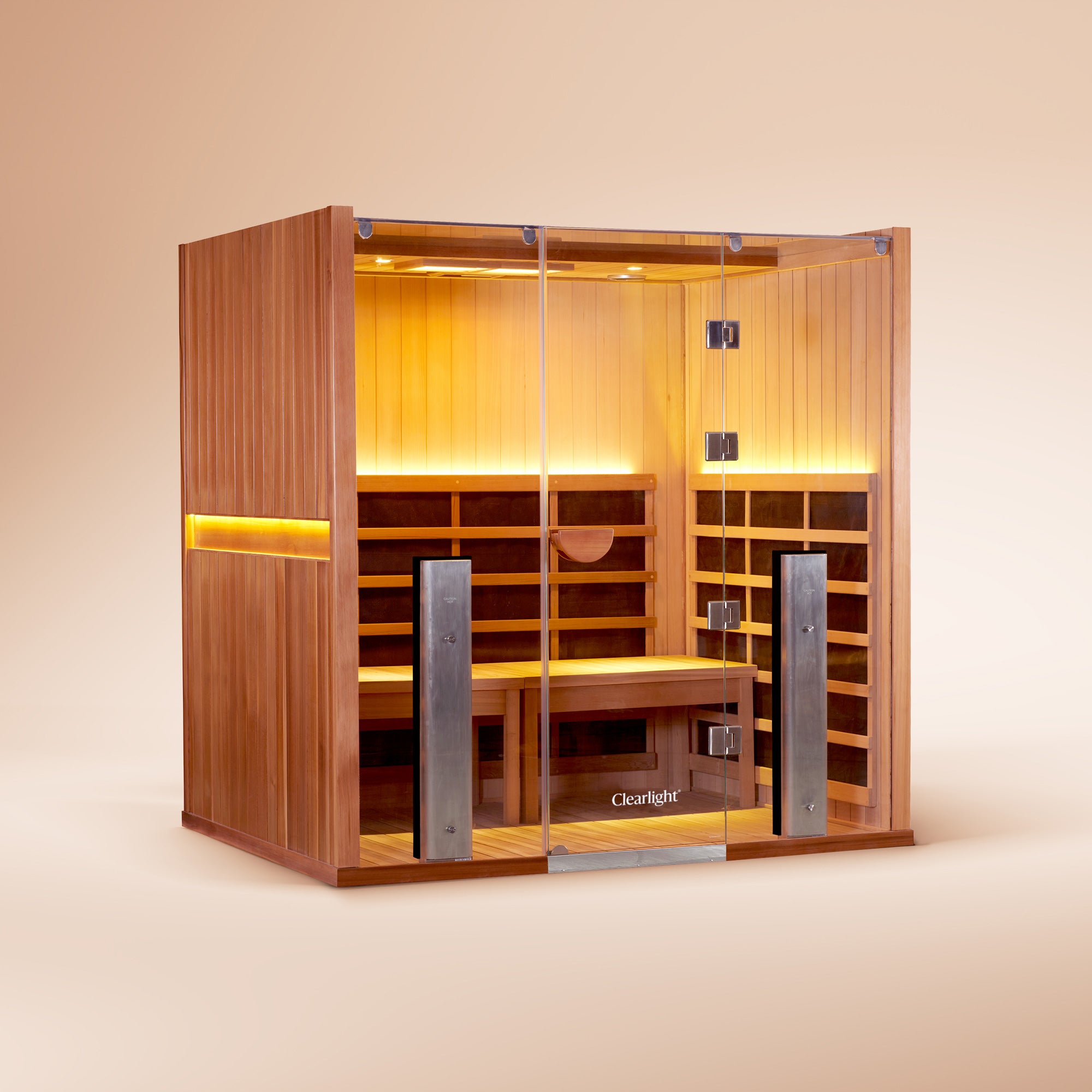I know what you’re thinking: “maybe if I combine daily fasting, exercise five times per week, some cold baths, and even use a sauna while fasting, my fat loss efforts will skyrocket.” And, you’re certainly right, in the short term…
However, such extreme approaches can also backfire in the long run. For that reason, I decided to write a blog post about using a sauna while fasting so that potential side effects are minimised.
In this blog post, first I’ll talk about some fasting basics. Next up, I’ll give you five lessons to keep in mind when you're in a sauna fasted. Let’s start with the beginning though:
Fasting Introduction
Fasting has become extremely popular in the last decade. Many different fasting protocols exist though, in the same way, many different training programs exist. Nevertheless, many people have been very successful in using fasting to reduce their body weight and fat mass and become healthier overall.
And, success leaves clues. For that reason, lots of science has been published on fasting as a health tool in the last few years (1; 2; 3; 4; 5; 6).
Even though fasting only has a slight benefit compared to regular dieting (i.e. “caloric restriction”), for many people it’s much easier to implement into their day.
For instance, you can follow a 16/8 “intermittent fasting” schedule. During such a schedule, you’re fasting 16 hours a day and eating during an 8-hour window. Another very popular approach is the “One Meal A Day” (OMAD) approach, where you’ll eat one big meal per day, usually in the evening. And to follow the 16/8 protocol, you'll basically only have to skip breakfast.
Of course, during your daily life, it takes people some time to get accustomed to not eating. During the fasting window, your body needs to learn to burn the carbohydrates that are still stored in your muscles and liver, and once these are burned off, to rely on your body fat.
Many people are used to eating every few hours when they’re awake. In that case, getting used to fasting and not consuming any calories for long periods of time can be difficult. Suffice it to say that fasting is a stressor on the human body.
Don’t be alarmed by the term “stress” though. Stress can be healthy for humans, assuming the stress isn’t excessive. In biology, that principle is called “hormesis” or “hormetic stress” - meaning that in small or medium-sized portions, the stress ensures that the organism becomes stronger (7; 8; 9).
Exercise is a hormetic stressor, for instance. If you exercise in controlled dosages, you’ll become healthier overall. Of course, there’s a limit to your ability to get stronger through exercise - if you don’t rest sufficiently, you’ll get weaker over time because the stress is too much for the organism to handle.
Fortunately, many people have extremely good results from fasting. Examples of such results are reversing their type-2 diabetes, improving their heart, blood vessel, and metabolic health, feeling a lot more healthy and energetic, and much more.
Some studies also conclude that fasting is superior to the old-fashioned calorie restriction in the first place.
In all cases though, you’ll still get the results if you manage the stress of fasting well. In the sections below, I’ll thus explain a bit more about managing the temporary stress fasting gives:
Lesson 1: You’ll Burn Even More Calories
Fasting increases the number of calories you’re burning because you’re not consuming any calories at that moment, and, your body needs to use its stored calories to generate energy.
And, even though it’s more of an advanced technique, using a sauna whilst fasting creates double the “hormetic” response I talked about before. In an earlier blog, I explained how many calories you burn during different sauna sessions. Per hour, studies show that you burn between 600-1,200 kilocalories (I’ll abbreviate that name as “calories” as it’s commonly used as such).
Those numbers are higher than running, walking, or playing golf, so your body is quite active. It’s very hard to add the calories you burn during fasting on top of those numbers though, as context matters a lot here.
For instance, if you’ve eaten a lot of carbohydrates the night before, then your liver and muscles might have stored those carbohydrates as “glycogen”. In that case, that glycogen is burned off first before your body fat stores are used.
However, if you ate a small or normal meal in the evening before, then most of those carbohydrates were probably burned during the day. So next up, during your sauna session, you’re burning even more calories from body fat than you’d do by fasting alone.
Let’s focus more on the topic of body fat though:











Sauna Workout: Nitric Oxide Dump Benefits
The Unlikely Sauna Liver Connection